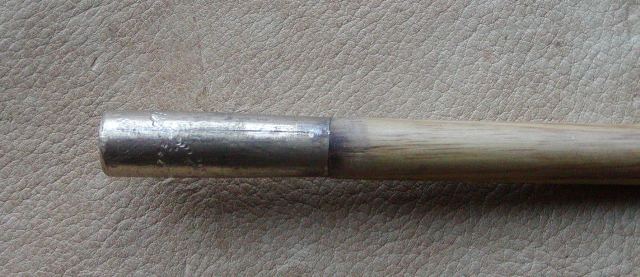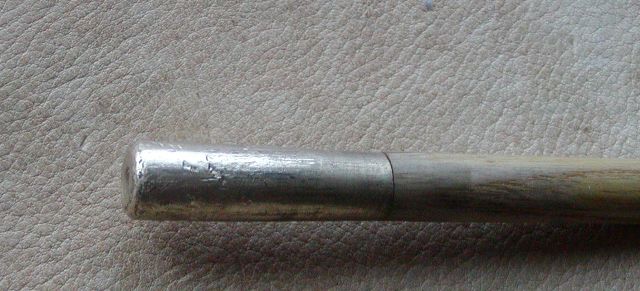Hi Frank,
Good to hear from you!!! The earliest pattern Brown Besses (1730, 1730/40, and 1742) were all originally designed and issued for wooden rods. During their working life, many were altered to use metal rammers by including a bushing in the forward pipes and a retaining spring in the rear pipe. Remember the pipes and ramrod channel were large for wooden rods so they had to be reduced in diameter for the smaller steel rammers. The alteration never worked really well and the retaining spring often broke. In 1748, the British issued an upgraded version of the pattern 1742 that was lightened, had a cast brass nose cap and was designed for a steel rammer. As such it had smaller diameter pipes and ramrod channel. None of those pattern 1748s appear to have been issued to troops in North America. The workhorse guns of the French and Indian war were the pattern 1730/40s and 1742, some with wooden rods, some converted to steel. The pattern 1756, which is the long land pattern most folks think of was not a F&I war gun. It was mostly used in North America during out Rev War. It has the long trumpet forward pipe, straighter lock, brass nose cap and steel rod. All later patterns (marine and militia musket, 1769 [sort of what the Pedersoli Bess is], 1777, and India pattern muskets had steel rammers. I believe Nick wants to make a gun that is historically correct for early North American use so he needs a pattern with a wooden rod but he could convert it to steel and add a brass nose band.
dave














